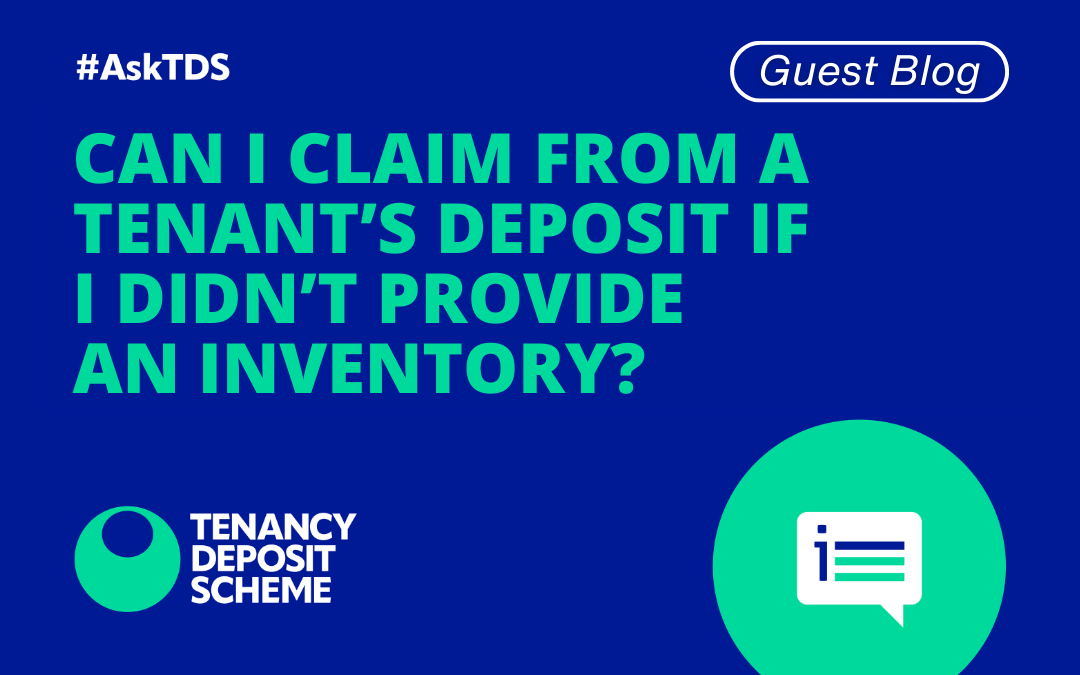Where the landlord’s claim is related to the condition of the property (as opposed to rent arrears), the starting point for the adjudicator is whether the condition has deteriorated between the start and end of the tenancy, beyond fair wear and tear.
Inventories are a common, tried and tested method of demonstrating the contents and condition of the property at the start and end of the tenancy, and are usually a key piece of evidence to support a claim.
I have a check-in report and a check-out report, but no inventory – will I still be able to make a claim?
There are circumstances where other evidence can be helpful, such as detailed cleaning invoices from just before the start of the tenancy or a receipt for a brand-new oven. The Tenancy Deposit Scheme is not prescriptive about the evidence one must have, but we do recommend that you have a thorough check-in and check-out report as, in our experience, that is the best possible evidence and should assure all parties that the condition of the property has been recorded and agreed upon.
In short, if all parties agree to the deductions, the Tenancy Deposit Scheme will never ask for any supporting documentation. However, if a dispute is raised over the return of the deposit, you are more likely to be successful in your claim if you have documentary evidence, such as an inventory/check-in report. Typically, where the claim is due to a change in the condition of the property (as opposed to rent arrears) we would expect to see the tenancy agreement, check-in and check-out reports and quotations, invoices, or receipts to quantify the extent of the loss.
For more information on how to prepare for adjudication please visit the guides section of our website or why not enrol on our TDS Academy Workshop.
* * *
Would you like to receive our monthly Newsletter?
Sign-up for our monthly Newsletter for helpful articles and regular industry updates. We promise not to spam you with hundreds of emails and you can unsubscribe at any time.

